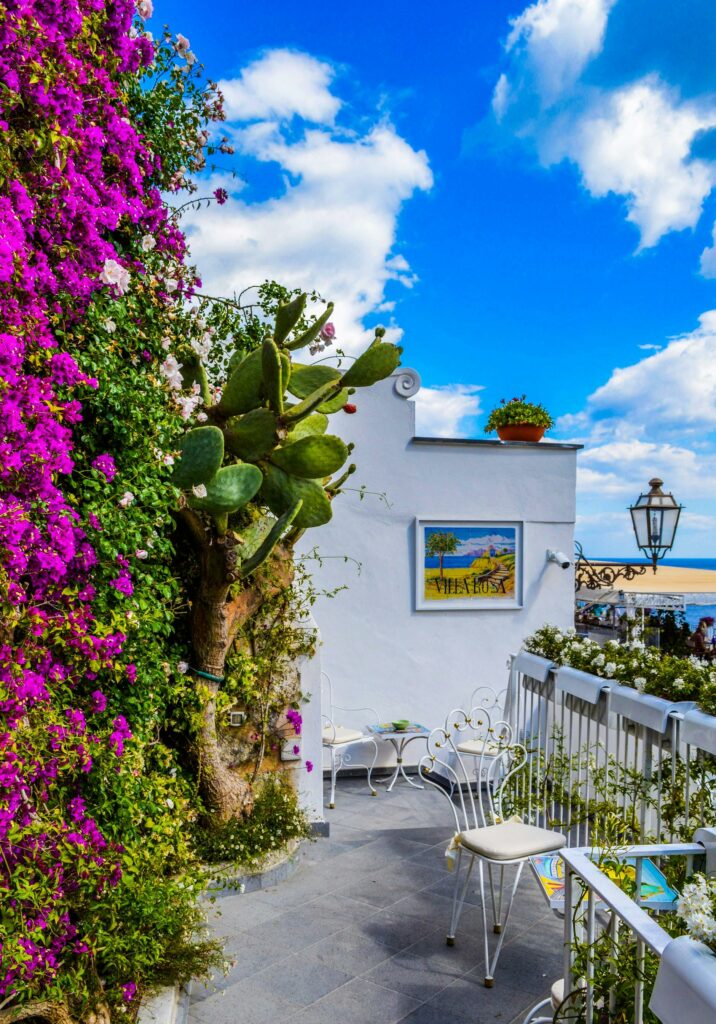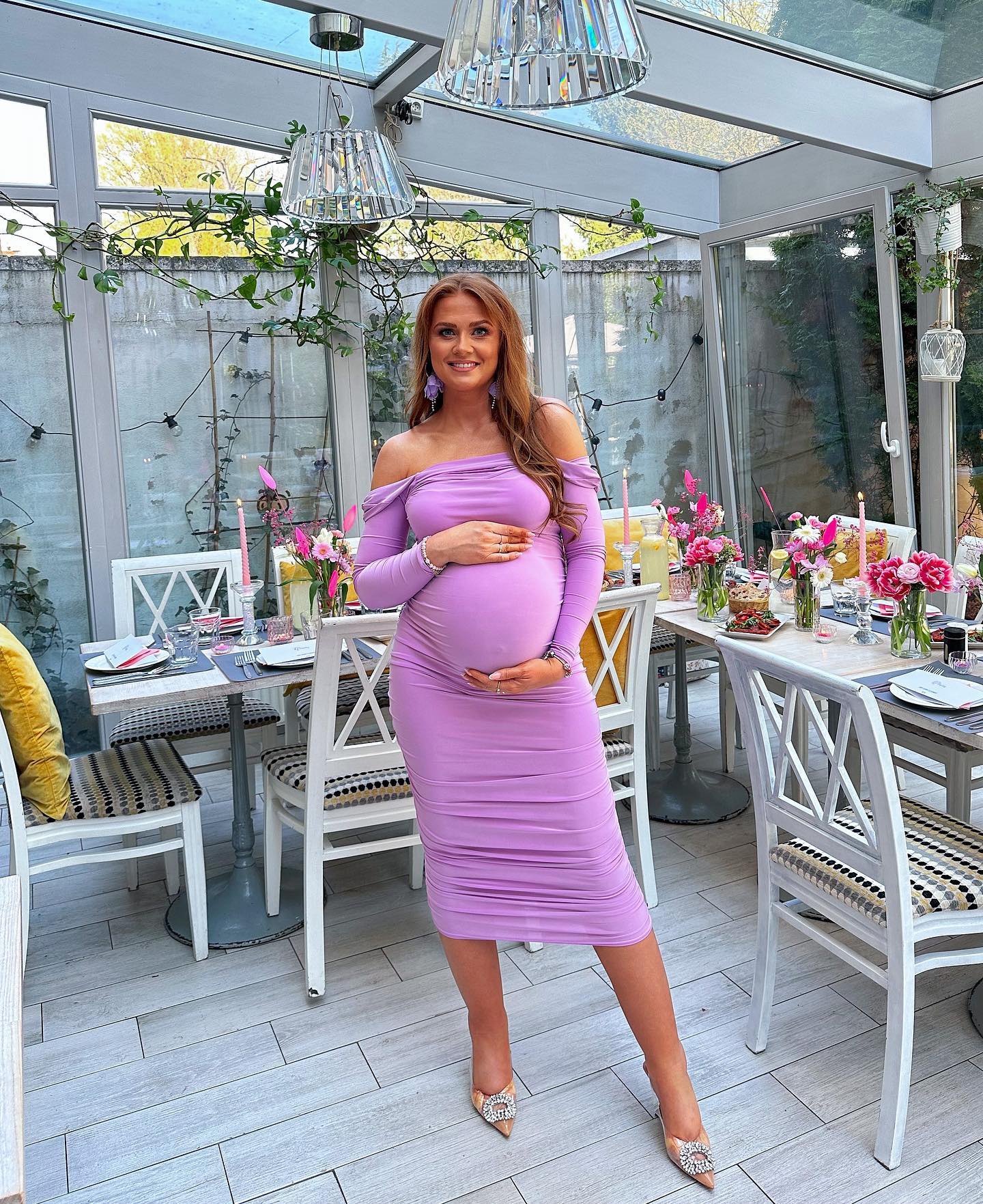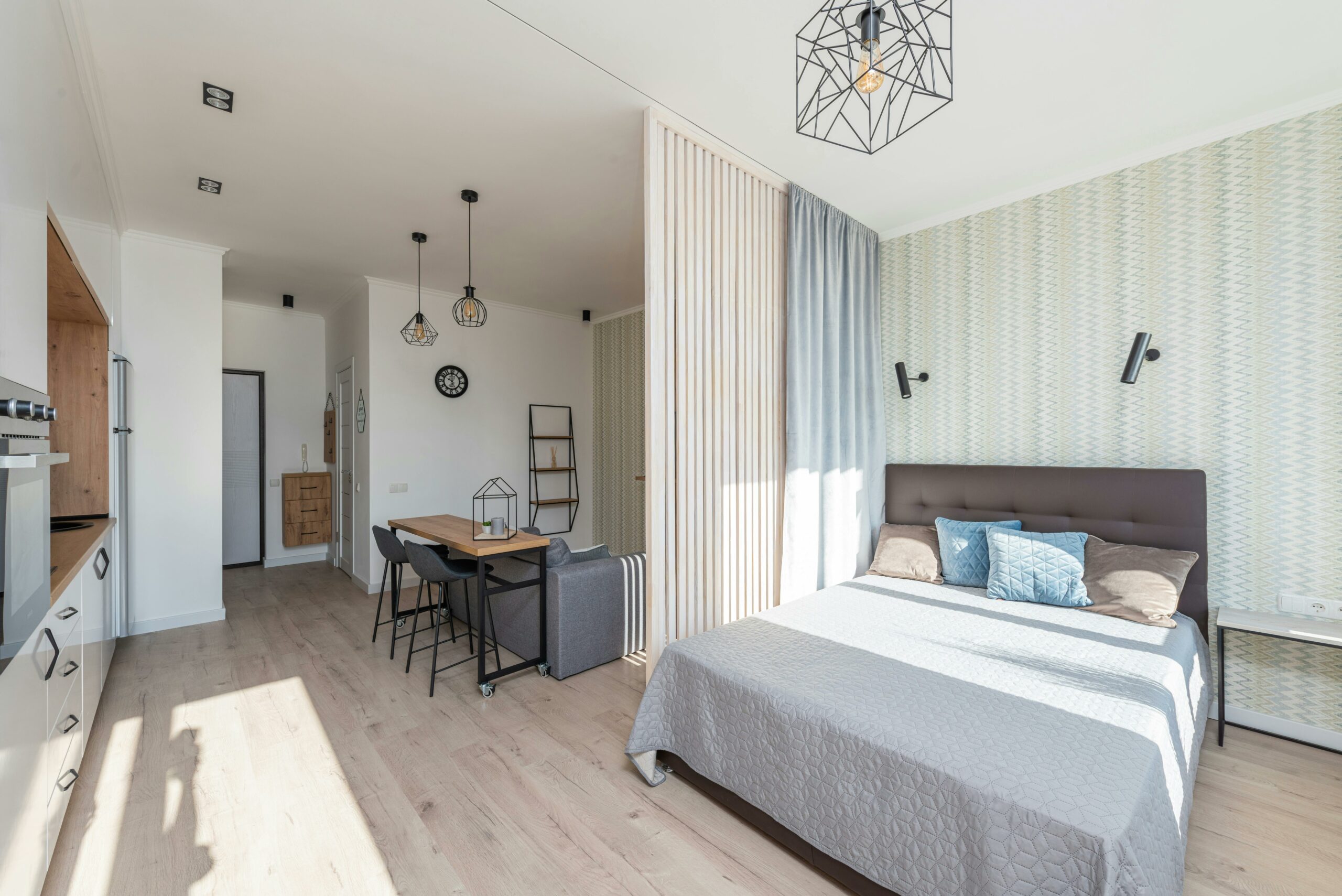In busy city centers, where tall buildings rise high and there is so much concrete everywhere, people are starting to create gardens on top of roofs. These green places on rooftops bring nature and calmness into cities full of buildings, changing empty roof spaces into beautiful areas full of plants and peaceful spots.
We will look into the advantages and difficulties of having gardens on roofs, including their role in bettering air cleanliness, lessening city heat buildup, and offering more nature areas in crowded cities.

Improving Air Quality
Cities often face problems with polluted air, but having gardens on top of buildings can assist in purifying it.
These rooftop plants excel at absorbing carbon dioxide and various pollutants from the atmosphere, leading to cleaner and healthier air for city residents to inhale.
Reducing Urban Heat Island Effect
Cities are usually warmer than rural areas, though placing gardens on rooftops can assist in reducing the heat.
The gardens contribute to cooling down buildings and surrounding spaces by offering shade and adding moisture into the atmosphere, leading to a decrease in energy required for air conditioning, thereby enhancing comfort in urban living.
Enhancing Biodiversity
Roof gardens and green roofs create living spaces for birds, insects, and different wild animals in the city.
They are like small ecosystems up high that have many kinds of plants and creatures, helping to make the nature in cities strong and healthy.
Creating Additional Green Space
In cities with many people and not much land, gardens on rooftops make extra space for greenery.
These high-up green places give room to relax, have fun, and meet others. They add value to the city life and make it better for the people living there.
Compact Tractors for Maintenance
Maintenance of roof gardens and green roofs often requires specialized equipment, such as compact tractors, for tasks like soil preparation, planting, and maintenance.
Compact tractors are ideal for navigating tight spaces and uneven terrain, making them invaluable tools for efficiently managing green roof installations and ensuring their long-term health and vitality.
Structural Considerations
Putting gardens on roofs requires making sure the building is strong enough, can hold the extra weight, and won’t get water damage.
People who own buildings need to work with engineers and people who design buildings so that rooftops are able to carry soil, plants, and watering systems without affecting how stable the structure is.
Maintenance Requirements
Green roofs and gardens on top of buildings need to be taken care of often so that the plants stay alive and healthy, and problems like weeds or soil getting washed away are avoided.
Taking care of these spaces means you have to water the plants, give them food, cut them back when needed, and control pests. People who own buildings or look after properties must keep doing this work regularly and use time and materials for it.
Water Management
To make rooftop gardens and green roofs thrive, especially in areas with little rainfall or limited water resources, it is crucial to manage the water carefully.
This requires an efficient system for irrigation and drainage that ensures plants receive adequate moisture without any excess use of water while preventing excessive accumulation which could harm the building’s structure.
Cost Considerations
Although gardens on roofs and green rooftops bring many good benefits for a long time, the first money needed to put them in can be very high.
The people who own buildings need to think about the money side of starting projects with green roofs, looking at things like what materials they will use, work costs, keeping up after setup is done and how much energy they might save.
To sum up, gardens on roofs and green-covered rooftops are a forward-thinking and lasting method for adding more plants in city areas. They bring many good things to humans and nature alike.
Even though it is not always easy to put them in place or look after them, these places with plants can change the way cities look, make the air cleaner, lower temperatures in city centers where it gets too warm, and offer important natural spaces where lots of people live close together.
Cities can create healthier, stronger and more enjoyable places to live for the future by using rooftop areas for green spaces.






